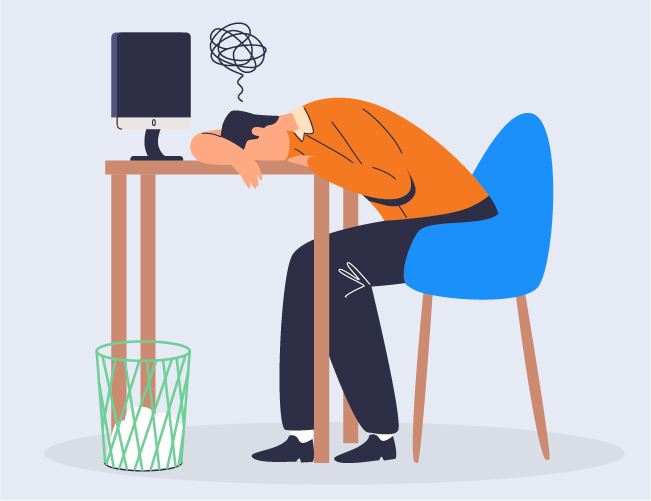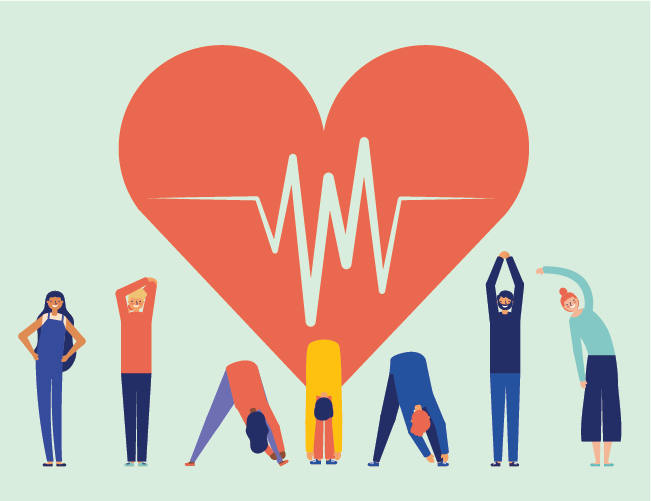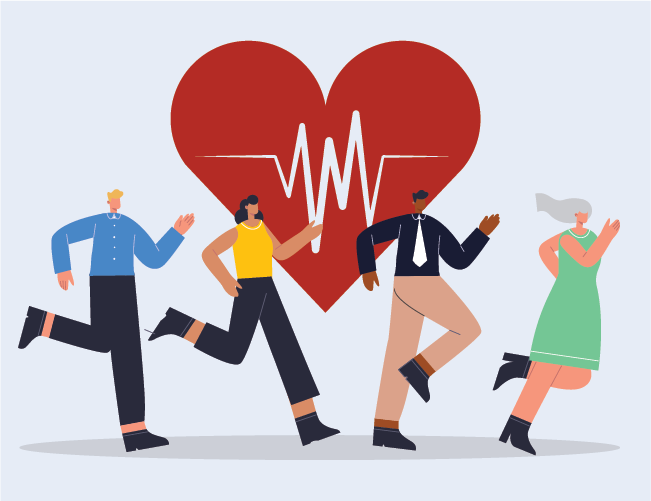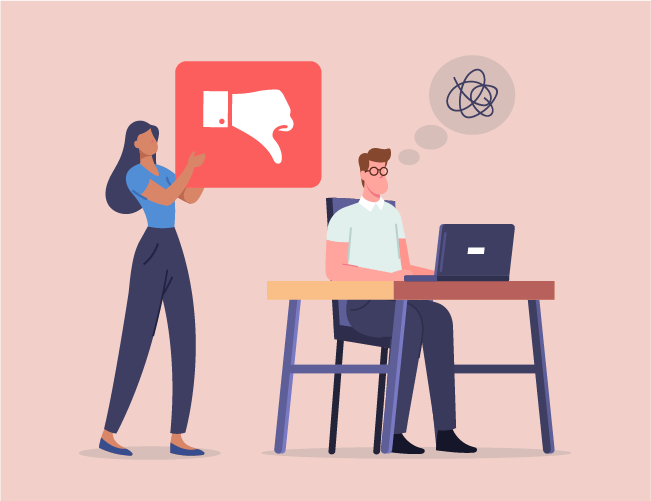How Team Leaders Can Tackle Burnout
Though the pandemic highlighted the importance of effective anti-burnout strategies, the need for these solutions in the long-term remains strong. Check out why Kelly Polinski and Chase Sterling believe leaders are the key to mitigating burnout.
Implement Heart Health Programs To Support Whole Person Well-Being
Researchers have greatly expanded their knowledge of the causes and effects of heart health, clarifying the benefits of exercise and revealing connections with other dimensions of wellness. Learn how to improve your wellness programs with the latest and greatest in heart health research!
Meta-Analysis Finds Workplace Wellness Programs Improve Heart Health
February is American Heart Month and employers can help the cause! A recent meta-analysis of 126 studies found that workplace wellness programs improve heart health and decrease the prevalence of heart disease.
Self-Deception At Work
Self-deception can cause leaders to unknowingly avoid unpleasant truths, often leading to disastrous results. Learn how to spot and avoid self-deception with four simple questions.
Multi-Purpose Mental Health Benefits Popular Among Employers In 2022
In the fight against the current mental health crisis, employers are reluctant to choose specific solutions that may have limited use cases (e.g., mindfulness classes and meditation training). Gain an insider’s perspective from Shira Wilensky and learn why some companies are shifting away from these benefits.
Organizational Joy: What It Is, Why It’s Important, And How To Cultivate It
Despite the importance of organizational joy, employees experience it far less than they want or expect to. Discover how to erase this “joy gap” and unlock the value of corporate happiness.
The Problem Of Workplace Bullying
Workplace bullying is an extremely prevalent yet under-reported phenomenon. Learn more about how this insidious practice impacts individual and organizational well-being, and explore what companies can do to fight it.
Flavors Of Happiness
Socrates argued back in 347 BCE that happiness comes in many flavors, each of which has a distinct impact on well-being. Learn more about the primary kinds of happiness, and determine which types your organization should prioritize to maximize employee well-being.
Employers Must Modernize Benefits
Benefits are essential for the health and well-being of employees and for an organization’s ability to attract and retain talent. Despite their importance, contemporary benefits packages appear to be falling short. This post highlights some of the key areas in need of improvement so that organizations can offer a holistic and impactful set of benefits.











